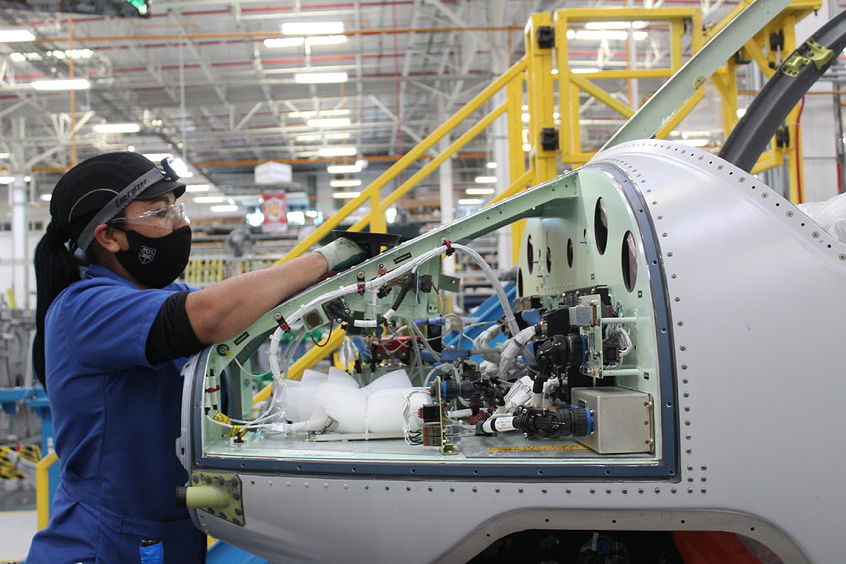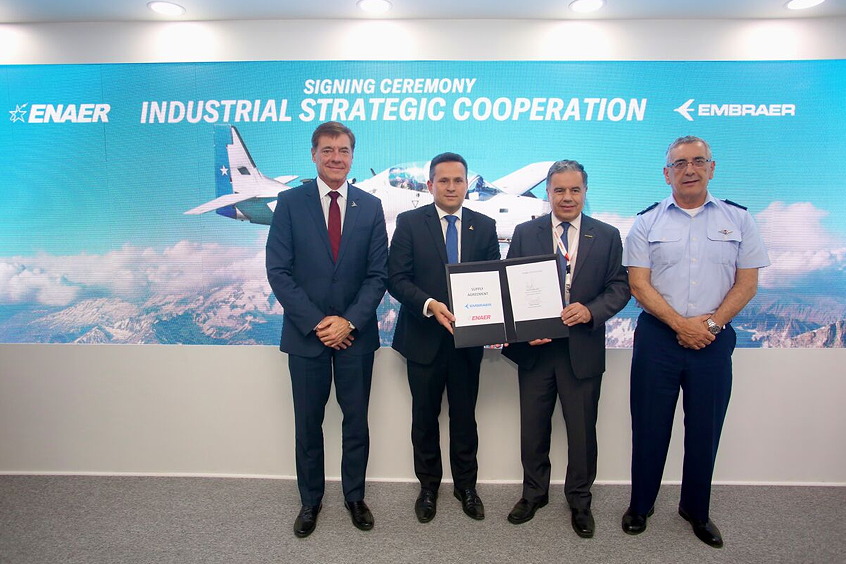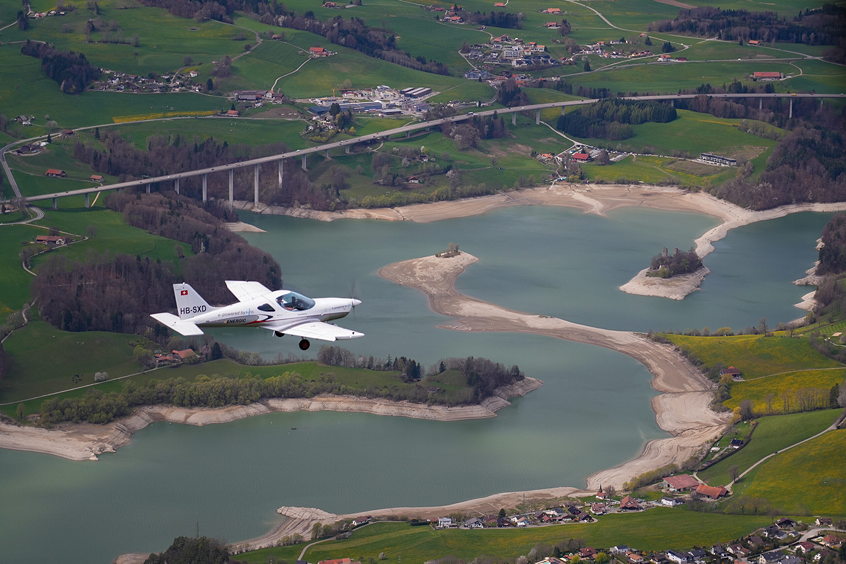The University of Sheffield Advanced Manufacturing Research Centre (AMRC) with Boeing is using a DMG MORI LASERTEC 65 3D in its research into applications for additive and subtractive manufacture. Dr David Curtis of the AMRC explains, “There is a big push in the application of 3D printing technology for components across different industrial sectors. A range of parts are already 3D printed, but our investigations are focussed towards overcoming the limitations presented by the maturity of some of the processes to broaden their scope of application. There is little doubt that as the technology develops we will see wider applications.”
Research is led by partners within industry that are looking at additive and subtractive technology. They regard it as a key disruptive technology which will offer a step change in the way in which products are made. Dr David Curtis says, “There is a growing interest in this emerging technology across UK based manufacturers and we partner with other centres across the UK that are investigating disruptive technology and metallurgy.”
The objective of the research is to understand the capability of the process and develop it to a higher technology readiness level. It will look at options such as growing features onto a base component or starting from zero, and aspects of sequential additive and subtractive manufacture and the capability that this will enable. The opportunity to investigate cladding and laser treatment will also be explored. The integrity of the parts produced will also be investigated, down to the micro structure level, as will repeatability to see if the process is good enough for critical components. Dr David Curtis adds, “It is clear that additive and subtractive technology is good for non-critical parts. Welding parts onto the structure, which is what happens on the LASERTEC 65 3D, will be quite different to forging or powder metallurgy. We will be examining post treatment options, such as depositing hard coatings, to ensure that strength is appropriate to function. Other options include the possibility of changing the composition of the material during the additive process.”
As a Tier 1 member of the AMRC, DMG MORI is delighted to be involved in this activity and that the AMRC has selected the LASERTEC 65 3D for its research. DMG MORI has been involved in several projects with the AMRC including ultrasonic machining with the DMG MORI ULTRASONIC 10 for carbon fibre machining with PCD tooling. Research is currently underway on cryogenic machining which gives the benefit of a clean working envelope and could have applications in high strength titanium which is generally a wet process at the moment. To support the research programmes, DMG MORI has an engineer permanently on site in Sheffield and the AMRC also has a good relationship with engineers at DECKEL MAHO Pfronten where researchers can initiate technical meetings and obtain additional training.
The LASERTEC 65 3D uses laser deposition welding to build up components and can lay down two different powdered materials during the 5-axis process, which is more than 10 times faster than powder bed technology. The machine can build parts up to 500mm diameter with undercuts and no supporting structure. The technology can also create parts with internal channels with its continuously monitored and measured laser build up process. The laser head is safe during milling operations outside the machining envelope, making it possible to alternate between milling and laser deposition, creating parts which would otherwise be very difficult or impossible to manufacture in one operation. As a special highlight the machine is equipped with the ULTRASONIC technology pack. This will allow post machining of wear resistant coatings that have been deposited with the additive solution using ultrasonic machining techniques. DMG MORI has four additive manufacturing technology centres worldwide and has a database of materials and their parameter settings for the technology and can work with customers on specific material development requirements.
The first application under investigation is the use of additive and subtractive technology in gear manufacture. The current technology for gear manufacture is well established so applying disruptive technology could result in a radical change for future manufacturing methods. Further investigations will cover topics more closely aligned to aerospace applications, exploring the art of the possible as well as assessing the application of the technology to advanced materials. Dr David Curtis says, “AMRC with Boeing partners are supporting this near net shape activity and the results from these projects will be disseminated through academic publications and conferences here in the UK and abroad. Additive and subtractive manufacture will also form an important part of the AMRC Factory 2050, which is to incorporate the next generation man-machine interfaces in a reconfigurable, data driven manufacturing environment.”
AMRC executive dean, Professor Keith Ridgway CBE, adds, “We aim to make Factory 2050 the most advanced factory in the world, built to carry out collaborative research, it has been designed to ensure the UK’s advanced manufacturing supply chain can access the expertise it needs to make the most of new challenges and opportunities, and that our region retains its international lead in high value manufacturing.”
| Contact details from our directory: | |
| DMG Mori UK Ltd. | Machining Systems, Lathes |
| University of Sheffield AMRC | Research/Consulting Services, Academic Institutions, Technical/Eng/Scientific Studies, Metal & Alloy Castings, Titanium, Composite Manufacturing Services, Sensors/Transducers |
| Related directory sectors: |
| Machining |
Weekly news by email:
See the latest Bulletin, and sign up free‑of‑charge for future editions.

Bell Mexico delivers 800th commercial aircraft cabin

Chile's ENAER expands cooperation with Embraer

Eve names KAI as supplier for eVTOL pylons
